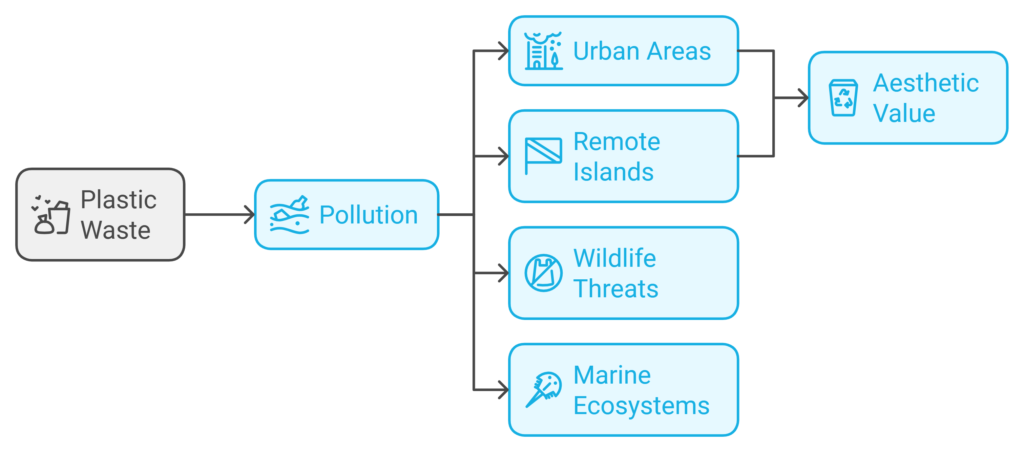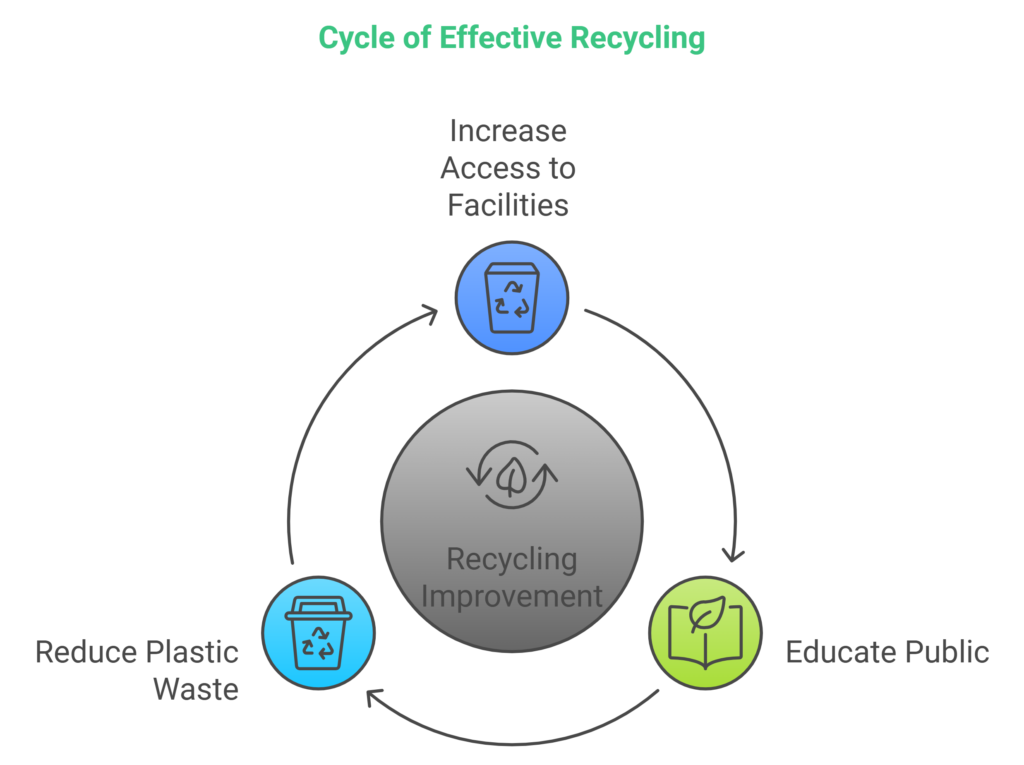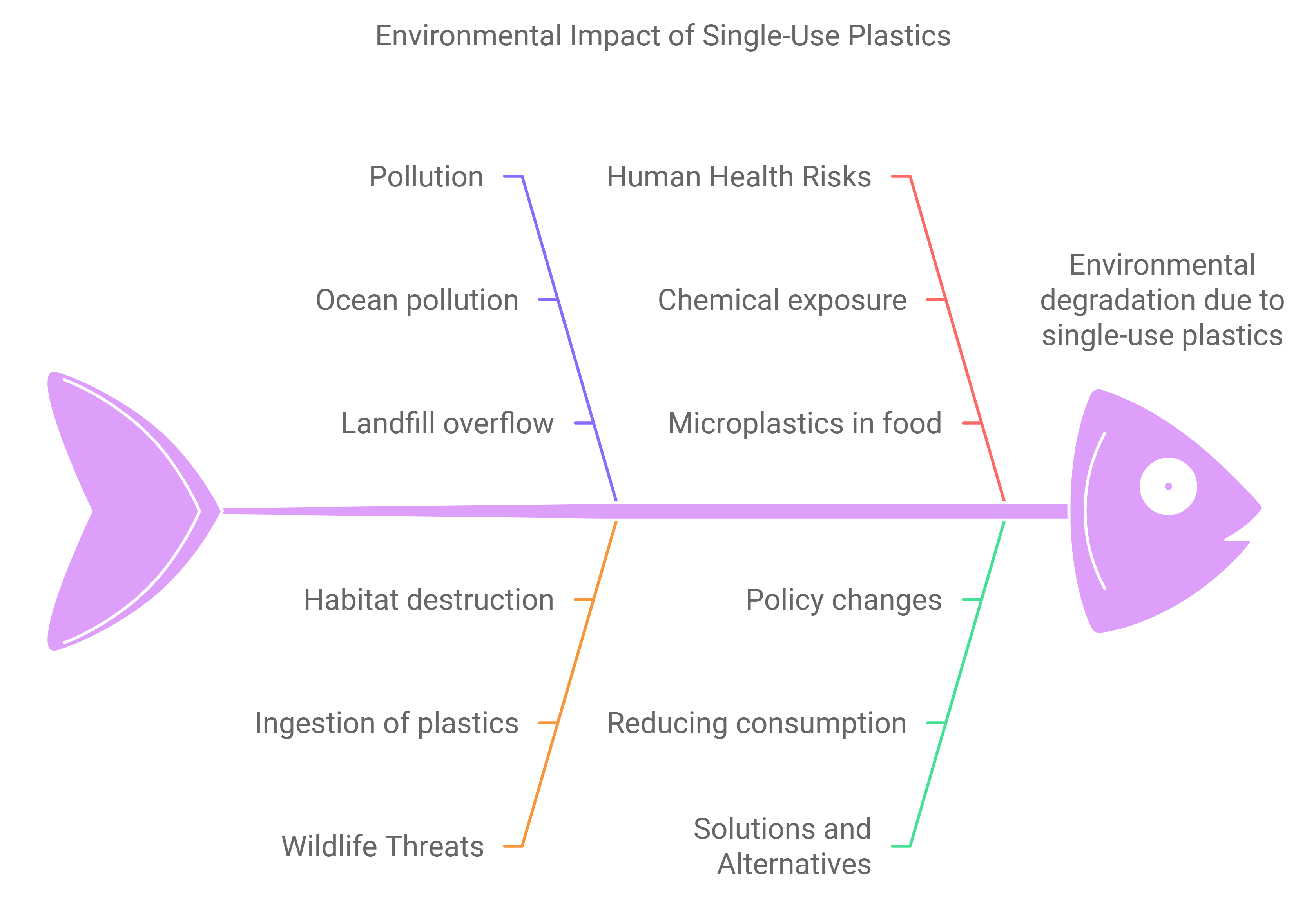Single-use plastics have become a significant environmental concern in recent years, as their convenience comes at a high cost to our planet. This document explores the various ways single-use plastics affect ecosystems, wildlife, and human health, while also discussing potential solutions to mitigate their impact. By understanding the consequences of our reliance on these materials, we can work towards a more sustainable future.
Read: The difference between single-use, limited use, and reusable chemical protective garments

Introduction
Single-use plastics, designed to be used once and discarded, are prevalent in our daily lives. Items such as plastic bags, straws, utensils, and packaging contribute to a growing waste crisis. With millions of tons of plastic entering the oceans and landfills each year, the environmental repercussions are dire.
Environmental Impact
Pollution
The most visible impact of single-use plastics is pollution. Plastic waste can be found in every corner of the globe, from urban areas to remote islands. This pollution not only affects the aesthetic value of natural landscapes but also poses serious threats to wildlife and marine ecosystems.

Wildlife Threats
Animals often mistake plastic for food, leading to ingestion that can cause injury or death. Sea turtles, for instance, are known to consume plastic bags, mistaking them for jellyfish. Birds and marine mammals can become entangled in plastic debris, leading to suffocation or drowning. The ingestion of microplastics can also disrupt the digestive systems of various species, further threatening biodiversity.
Read: 5 Tips for Choosing the Best Safari Guide for a Safe and Memorable Adventuret
Human Health Risks
The impact of single-use plastics extends beyond wildlife; it also poses risks to human health. Chemicals used in the production of plastics can leach into food and beverages, potentially leading to hormonal disruptions and other health issues. Additionally, the accumulation of plastic waste can contaminate water sources, posing further risks to communities.

Solutions and Alternatives
Reducing Consumption
One of the most effective ways to combat the impact of single-use plastics is to reduce consumption. Encouraging the use of reusable bags, containers, and utensils can significantly decrease plastic waste. Public awareness campaigns can help educate consumers about the importance of making sustainable choices.
Policy Changes
Governments can play a crucial role in addressing the issue of single-use plastics. Implementing bans or taxes on plastic bags and straws can incentivize businesses and consumers to seek alternatives. Supporting research and development of biodegradable materials can also pave the way for more sustainable options.
Recycling Initiatives
Improving recycling programs can help manage plastic waste more effectively. By increasing access to recycling facilities and educating the public on proper recycling practices, we can reduce the amount of plastic that ends up in landfills and oceans.

Conclusion
The impact of single-use plastics on the environment is profound and multifaceted. From pollution and wildlife threats to human health risks, the consequences of our reliance on these materials are alarming. However, by taking collective action through reducing consumption, implementing policy changes, and improving recycling initiatives, we can work towards a more sustainable future. It is imperative that we recognize the urgency of this issue and strive to make informed choices that benefit both our planet and future generations.
Read: Should You Use Plastic Labels or Metal Plates?
you can have many safety resources at Safety Bag




